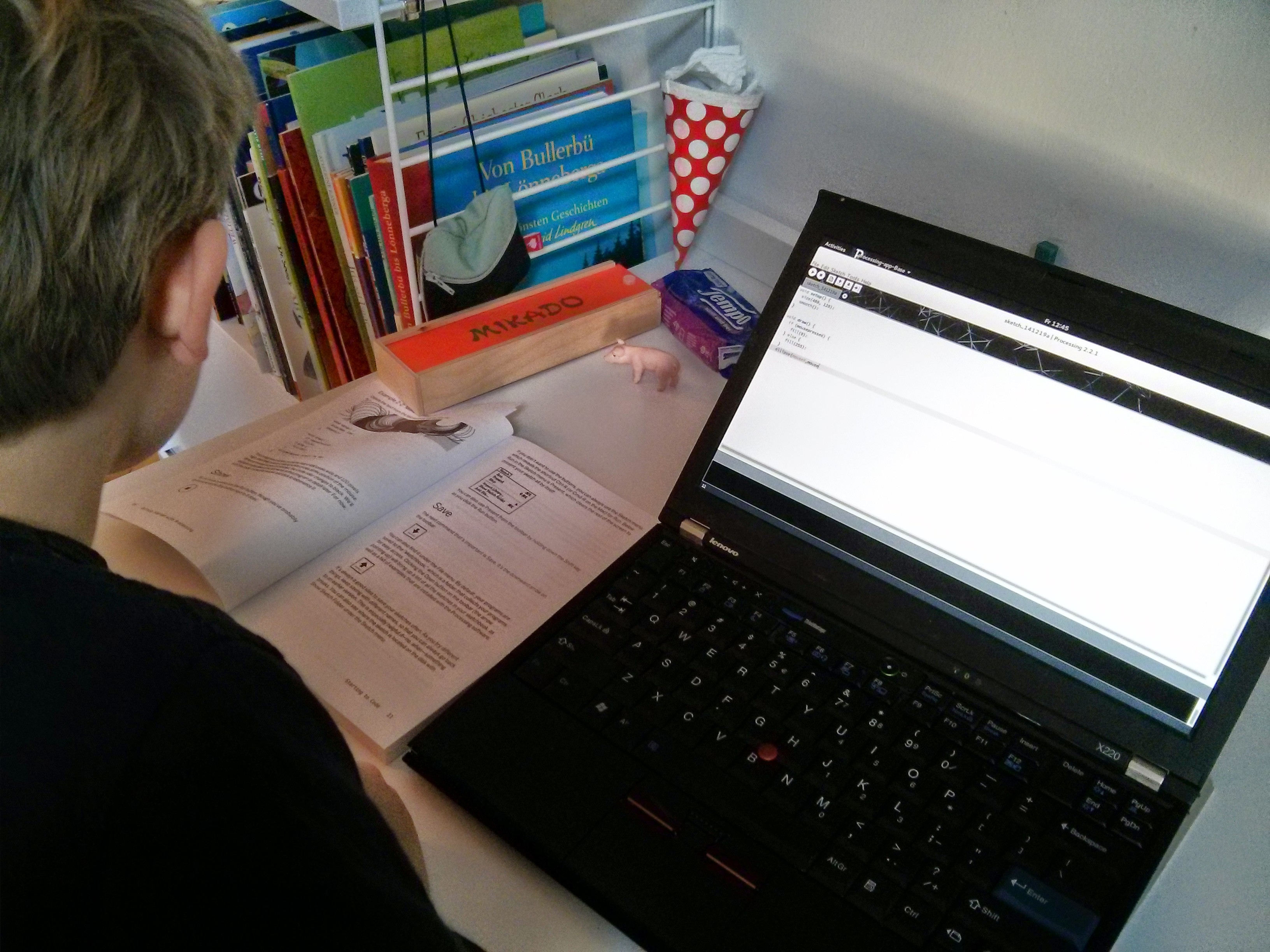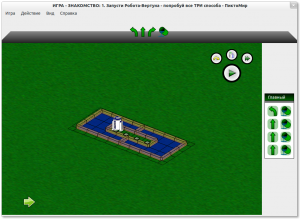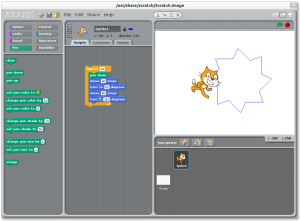I’ve been doing some family tree research. My parents and their parents were so adverse to talking that I unfairly associate Scottishness with unusual levels of reticence. Luckily, Scotland has excellent public records of births, marriages and deaths, so you can be sure of some facts without having to talk to each other.
I didn’t find out as much as I’d hoped about my immediate family, but I did fill in a few details. I hoped to find a few people who might have photographs, but that hasn’t happened so far. However, I was surprised to be so interested in the lives of people who were so long forgotten.
First I’ll mention some of the websites I used, and then I’ll mention some of the family members that I researched, so that search engines can find their names.
Scotland’s People: Public Records
I’m lucky that almost all my ancestors for several generations lived in Scotland, in Edinburgh or nearby. For some reason, Scotland took excellent records of births, marriages and deaths from 1855 as well as regular census records, and you can search for these records online at scotlandspeople.gov.uk. You can download most of them online, though you need to order some as paper copies – usually the more recent ones. They have some church records from before 1885 too, but these don’t generally include enough detail (such as parents of people getting married) to identify people properly. It’s not awfully expensive.
The Scottish birth certificates, marriage certificates and death certificates include the names of the parents and the professions of the fathers, and the birth certificates include the marriage years too, so you can use them without much doubt. Often, a death certificate will mention the spouse, or be signed by a previously-unknown child or sibling. Sometimes a sibling is the witness for a marriage. Then you can track that person down via birth and death certificates. I don’t know of any other way to find siblings because scotlandspeople.gov.uk doesn’t let you search births by both parents’ names.
The occupations are particularly interesting. For my family they seem to show a move into Edinburgh from surrounding villages at the end of the industrial revolution, moving from menial labour into trades and then the (newly created?) middle class with office jobs. For instance, my great-grandparents and great-great grandparents include several “scavengers” with occasional labourers, bakers, miners, brush makers or factory workers, but some of their (male) children became mechanics or clerks. Their children became clerks and shopkeepers or even doctors.
English Public Records
This is far harder for the English birth, marriage and death (BMD) records. They seem to exist, but they aren’t online, and you can’t even order them easily unless you know the exact place and year. freebmd.org.uk only has an incomplete index, but it looks like you’d have to look through the complete set of BMD microfiches in a major English city to be thorough. This is a huge waste.
For instance, I can’t find the certificate for my aunt’s (Joan Isabel Lawrence) death in London around 1995.
Ancestry.co.uk / ancestry.com / ancestry.de
The Ancestry.com service (or their regional versions) is genuinely useful. They have many (but apparently not all) English records that I wouldn’t have found otherwise, and most of the Scottish records. Most usefully, you don’t need to do individual searches – their Hints system will find possible supporting records for people in your family tree and offer to add new family members that those records mention. However, they don’t have all the Scottish records, so you’ll still need to use scotlandspeople.gov.uk.
They have some other sets of records of varying levels of completeness, such as boat passenger lists, phone books and military service records, which I’ve often found useful.
Likewise, the Hints system lets you expand your tree by using the public family trees from other users. I’ve even found a few photographs of slightly-distant relatives this way. This can tend to offer the illusion of certainty when people accept conclusions that may be based on inadequate records.
23andme
I’ve also used 23andme‘s DNA Relatives feature. This is generally full of a thousand 4th or 5th cousins who are far enough removed that it’s almost impossible to see the connection, but I’ve had one 2nd/3rd cousin (and her son) show up. Because I got my father into 23andme too, it could show me that she was related on my mother’s side. She didn’t know much about her family, but she gave me enough clues for me to use scotlandspeople.gov.uk to see that her grandmother was the sister of my mother’s grandmother.
In general, 23andme’s list of possible relatives has not been very useful so far. Most connections that it shows are almost impossible to investigate using public records or family knowledge. Many must be due to unofficial biological fathers or mothers that don’t show up in marriage and birth records.
Most people on 23andme are in America and I have noticed a tendency for them to fixate on proving that they are directly related to settlers from northern Europe, happily ignoring the hundreds of other ancestors who would have been in the same generation. Maybe this will be harder once 23andme has a broader cross-section of even American society.
My Grandfather, Ian Murray Lawrence, and my grandmother, Isabella Forsyth
My grandfather, Ian Murray Lawrence (1914-08-17 to 2006-09-26) lived in Edinburgh but my parents had moved to Swindon, which was around 10 hours away by train at that time. My mother didn’t talk to him. I didn’t meet him often until I was in Edinburgh at University in 1991/1992 and even then he was a wall of silence. My mother, Margaret Maya Lawrence (1944-12-03 to 1999-07-15) died in 1999 and he died in 2006.
He was a pharmacist, as was my mother. My father says his pharmacy was in Pilton, Edinburgh, and the 1950 phonebook on ancestry.co.uk lists him at 33 W(est) Pilton Park, Davidson’s Mains, Edinburgh, near where he lived in Blackhall, Edinburgh. I’d love to find a photograph of it though it was apparently a fairly temporary structure that’s since been replaced with a health center.
My grandfather mentioned once vaguely, while drunk, that he had been in the pacific during World War 2, but never wanted to talk about it. Indeed, my mother’s birth certificate in 1944 mentioned that he was a Sick Bay Petty Officer in the Royal Navy. Now that I’m his next of kin, I could request his service records from the Royal Navy (this works for the Air Force and Army too). The forms are slightly awkward and they only take payment via paper cheque, but after a couple of months they gave me his complete list of postings. They showed that he was mostly at onshore Royal Navy hospitals, starting in Wales and England, but then in Australia and Hong Kong. This is his complete record, in case anyone else with similar results (or photos!) finds it via Google:
1942-12-30 to 1943-02-08: HMS Glendower: Probationary Sick Berth Attendant
1943-02-09 to 1943-02-09: Passage: Probationary Sick Berth Attendant
1943-02-10 to 1943-05-26: RNH Plymouth: Probationary Sick Berth Attendant
1943-05-27 to 1943-06-27: RNH Plymouth: Sick Berth Attendant
1943-06-28 to 1943-09-02: RNH Plymouth: Sick Berth Petty Officer
1943-09-03 to 1944-03-27: HMS Drake: Sick Berth Petty Officer
1944-03-28 to 1944-03-28: HMS Pembroke: Sick Berth Petty Officer
1944-03-29 to 1944-03-29: Passage: Sick Berth Petty Officer
1944-03-30 to 1945-03-05: RNH Chatham: Sick Berth Petty Officer
1945-03-06 to 1945-03-08: HMS Pembroke: Sick Berth Petty Officer
1945-03-09 to 1945-04-09: Passage: Sick Berth Petty Officer
1945-04-10 to 1945-04-14: HMS Golden Hind: Sick Berth Petty Officer
1945-04-15 to 1945-04-30: HMS Furneaux: Sick Berth Petty Officer
1945-05-01 to 1945-09-10: HMS Brisbane: Sick Berth Petty Officer
1945-09-11 to 1945-09-20: HMS Furneaux: Sick Berth Petty Officer
1945-09-21 to 1945-10-10: Passage: Sick Berth Petty Officer
1945-10-11 to 1946-03-22: RNH Hong Kong: Sick Berth Petty Officer
1946-03-23 to 1946-05-29: HMS Pembroke: Sick Berth Petty Officer
My grandfather’s wife, Isabella Forsyth (1915-10-02 to 1996-02-19), was said to have disappeared in the late 1950s or early 1960s, but I went with my mother to her cremation in 1996. I now have her death certificate showing that she died (apparently of suicide) in a (psychiatric?) care home in Edinburgh (since closed). Presumably my grandfather and mother knew all along where she was. I’d like to know when and why she was there, but I don’t think I’m entitled to access to any of her medical records.
I did discover that she had a sister, Margaret Pevey Forsyth (1911-10-26 to 1986-03-13) who had two sons David Shaw and John Shaw- my mother’s cousins. I even found those sons’ children (my second cousins) on Facebook, but there’s no real way to contact strangers on Facebook. Three are in England and one is in Florida. I have a picture of the English 2nd-cousin’s father with my mother, and I do wonder if they have more pictures of my family.
My grandfather’s (Ian Murray Lawrence) father’s death certificate from scotlandspeople.gov.uk was signed by his brother Alexander Lawrence who I’d never heard of. I then found him on the 1911 census (the parents’ ages and father’s profession matched) via ancestry.co.uk, and found his death certificate via scotlandspeople.gov.uk. He died of a heart attack in 1982 on North Bridge in Edinburgh while staying at the Salvation Army hostel at 1 Pleasance. Presumably they couldn’t find any relatives because he was listed in 1982 under “estates fallen to the crown”. My mother apparently had no idea that this uncle existed. So my grandfather seems to have mislaid at least his brother, his wife, and two daughters.
My aunt, Joan Isabel Lawrence
This is still the biggest family mystery.
I never met my mother’s sister, Joan Isabel Lawrence (1954-02-09 to approx. 1995) who nobody seemed to have hear of since before I was born. In 1995 we heard that she had died in London of sclerosis of the liver – she’s assumed to have drunk herself to death. But that’s just what my father says that my mother said that my grandfather found out when someone replied to a Christmas card that he sent her. We were surprised that he had an address for her and we don’t know what it was. Apparently it took a few months for them to identify her body and my father thinks she was using the name Joan Maclaren, maybe as a stage or modelling name. The GRO say they can’t find any death certificate for Joan Lawrence, Joan Forsyth (her mother’s maiden name) or Joan Maclaren,for England and Wales for 1994 to 1996.
My grandmother, Isabella Stubbs Sparks
I actually knew my grandmother Isabella Stubbs Sparks (1911-07-10 to 2000-03-10) and grandfather Richard Cummings (1904-06-02 to 1990-02-11) because they moved to London and then to Swindon, where I lived. She was always strange, but now I can see that her family life must have been difficult. The last of 9 children, her parents lost five of her siblings within just a few years, mostly before she was born. In 1903 the 7th child died 3 days after birth. In 1906 the 8th child died after 1 yearof spina bifida. In 1908 the second-oldest died at age 11 from drinking Tuberculosis-infected milk. In 1914, the 5th child died at age 16. In 1917 the oldest died at age 25 at the Somme in WW1. This cannot have been a happy home.
This is the other major change that I see when looking at the family tree that I built up. People just 2 or 3 generations ago regularly had around 10 children and lost half of them. We forget how lucky we are.


